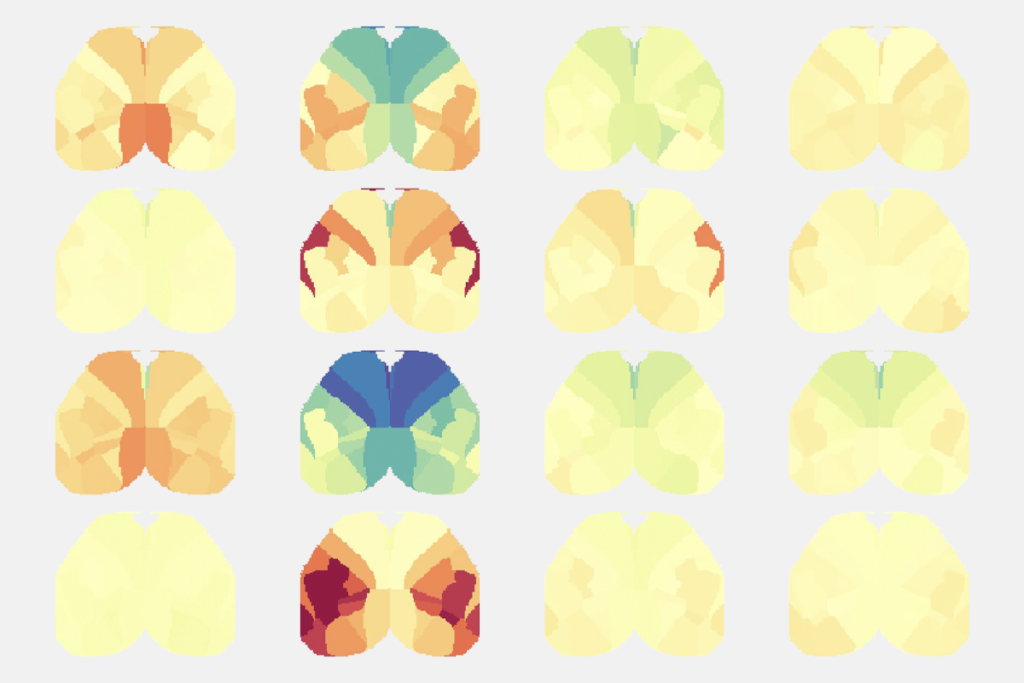Parental trust
Many parents of children with autism show some mild traits of the disorder. Research on this group — labeled with the ‘broad autism phenotype’, or BAP — suggests that the genetic underpinnings that lead to language or social problems can manifest in very different ways.
Sometimes, the best way to learn about children with autism is to take a careful look at their parents.
It turns out that many parents, even if they aren’t diagnosed with autism, show some mild traits of the disorder. Ongoing research on this group — labeled with the ‘broad autism phenotype’, or BAP — suggests that the genetic underpinnings that lead to language or social problems can manifest in very different ways.
On Monday morning at the Keystone symposium on autism, in Snowbird, Utah, Joe Piven discussed one such study he published last year.
In collaboration with Ralph Adolphs, Piven has found that BAP parents and children with autism both make poor judgments about whether other people are trustworthy, but they make them in totally different ways.
In the experiment, participants looked at photographs of faces that healthy controls had already rated on a scale of trustworthiness. A scowling man wearing sunglasses, for example, would be rated as highly untrustworthy.
Participants with autism tend to overrate trustworthiness — that is, they rate unfriendly looking faces as friendly. In contrast, parents with BAP rate friendly faces as significantly less trustworthy than do healthy controls.
Piven says parents with BAP and children with autism both suffer from the same deficit in social cognition, but because of their disparate experiences, this deficit manifests differently. Because children with autism usually live in protected environments, making the wrong judgment about someone’s trustworthiness doesn’t have many consequences. On the other hand, for parents who have difficulty making these social judgments, it’s safer to err on the side of caution.
Piven and Adolphs are scanning the brains of both groups while they perform this social judgment task. More than a decade ago, Adolphs found the same poor judgment in a woman with selective lesions of the amygdala, a deep brain region linked to emotional arousal, suggesting that activity in this area may be key. They expect to finish collecting data sometime this summer.
Recommended reading

Ramping up cortical activity in early life sparks autism-like behaviors in mice
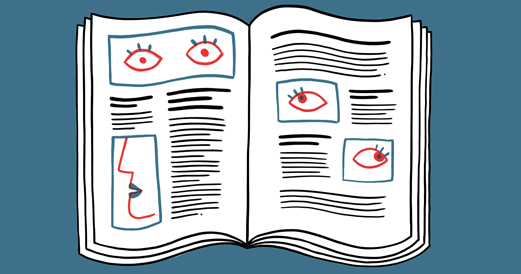
New method identifies two-hit genetic variation in autism; and more
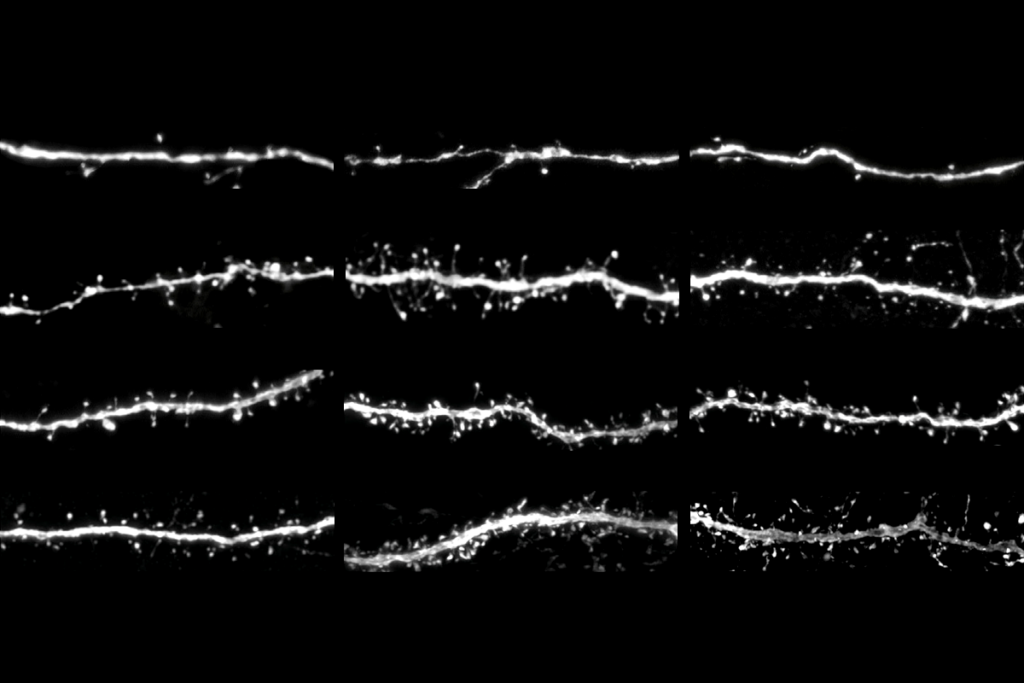
Protein tug-of-war controls pace of synaptic development, sets human brains apart
Explore more from The Transmitter
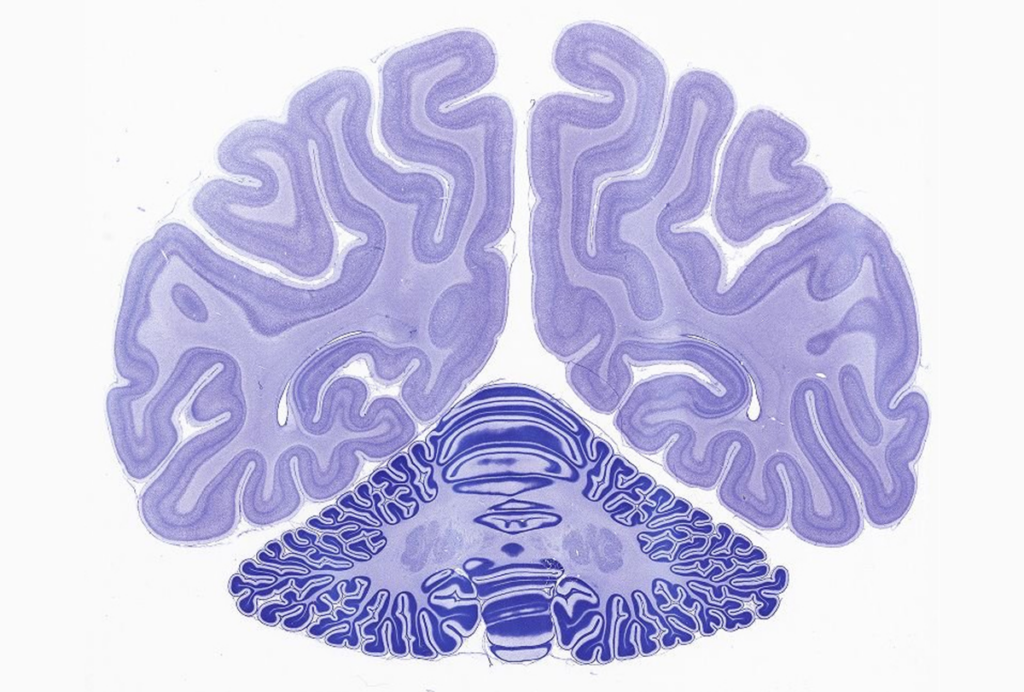
Nonhuman primate research to lose federal funding at major European facility
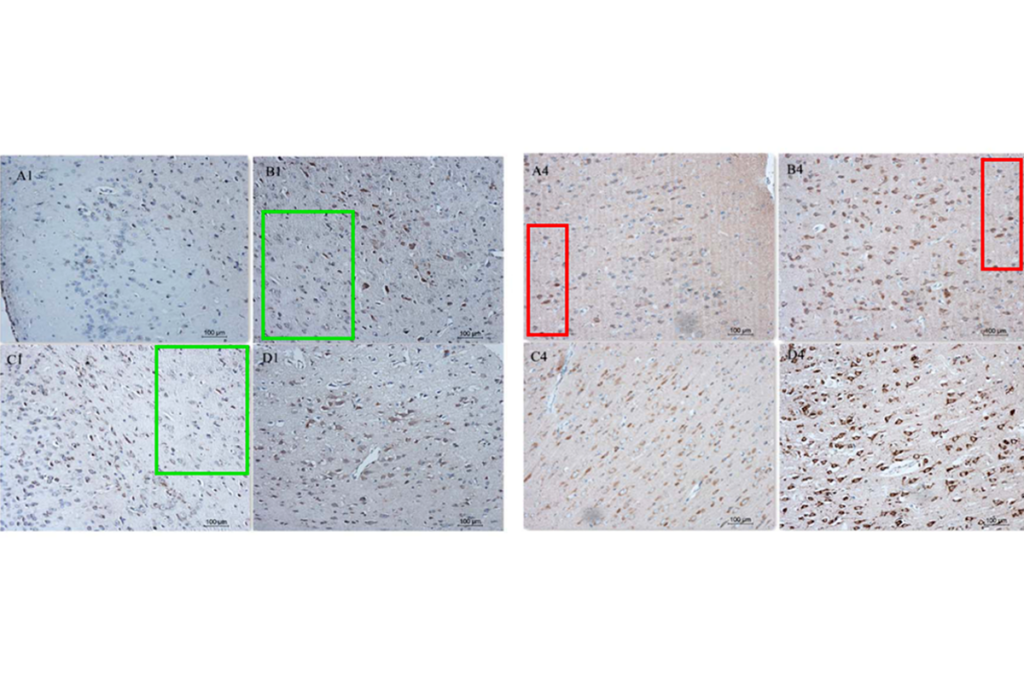
Image integrity issues create new headache for subarachnoid hemorrhage research
